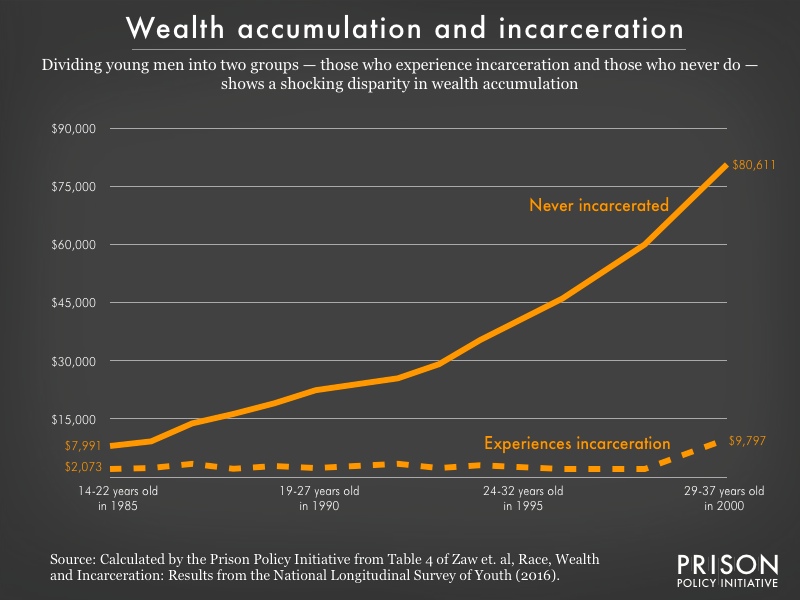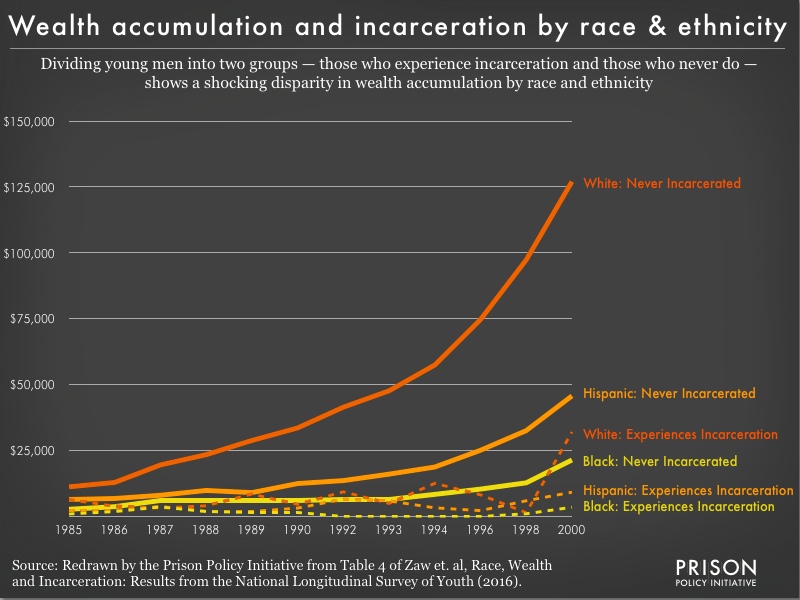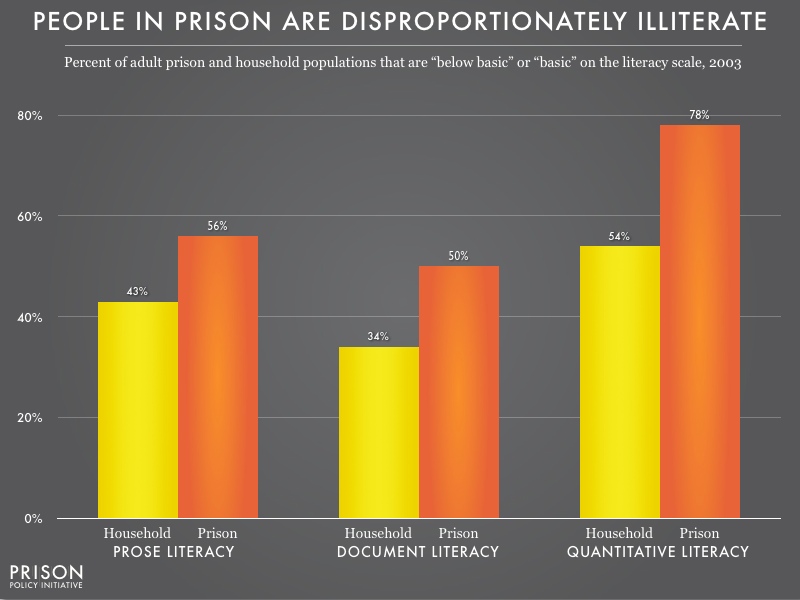Travis County, Texas' experience shows: video visitation often fails to meet expectations.
by Emily Widra,
April 18, 2016
Last week we wrote about the psychological differences between in-person and video communication. This week, we decided to look into how incarcerated people and their families feel about using video visitation and how this compares to the expectations that sheriffs have when they adopt video visitation.
In 2009, the Travis County Sheriff’s Office in Texas made the transition from 100% face-to-face visitation to 50% face-to-face and 50% video visitation. In 2013, the Sheriff’s Office went further, eliminating in-person visitation in favor of 100% video visitation.
What arguments do sheriff’s offices make to support the decision to ban in-person visitation in favor of video-only visitation? Some claim video visitation is more efficient, allows for more frequent visitation, and can reduce the introduction of contraband into correctional facilities.
Claim: Video visitation is more efficient.
Travis County’s experience: Travis County’s experience shows that visitation and in-person visitation can be used together to allow for increased efficiency and a greater frequency of visits. For example, the average wait time for a face-to-face visit before the Travis County Sheriff’s Office offered video visitation was 1.5-3 hours. When the jail offered both video and face-to-face visitation, the average wait time was reduced by half. With video visitation as the only option, appointments did drastically shorten wait time, but the wait can still be up to a full hour when an appointment is not scheduled in advance. While pre-scheduling visitation can be beneficial for some families, we’ve spoken to many who find coordinating issues like transportation to the jail, childcare, and employment ahead of time to be difficult.
Claim: Video visitation allows for more frequent visitation.
Travis County’s experience: The Sheriff’s Office found that the average number of visits per year was highest when they offered both video and face-to-face visitation, leading to about 1,429 more visits per month than when the Sheriff’s Office only offered in-person visits. The number of visits dropped dramatically when the Sheriff’s Office went to video-only visitation.
Claim: Video visitation can reduce the introduction of contraband into correctional facilities.
Travis County’s experience: Because many in-person jail visits are conducted through glass, there is no reason to think that video would lead to a greater reduction in contraband than a through-the-glass visit. In fact, according to a report by Grassroots Leadership and the Texas Criminal Justice Coalition, disciplinary cases in Travis County jails for possession of contraband increased an overall 54% following the elimination of all in-person visitation.
Claim: Incarcerated people and their families will love video visitation.
Travis County’s experience: Two years after changing to video-only visitation, the Travis County Sherriff’s Office surveyed visitors about their experience with video visitation. A majority of the respondents had experienced both in-person and video visitation at the jail and 43% had never had face-to-face visitation at the jail.
While the majority rated their experience with video visitation as positive, almost all (91%) reported they would prefer face-to-face visitation.
Visitors prefer face-to-face visitation, even when that requires the visitor and incarcerated person to be separated by glass. As we reported last week, the reasons for this preference are numerous: video communication reduces the natural flow of conversation, slows the process of establishing trust, prohibits the intimacy and social connection that come with in-person visits, and leads to shorter conversations and reduced interactivity. Another reason for this preference might come from the fact that over 90% of video visits in Travis County took place at the jail and not from a home computer, making video far less convenient than one might think. It looks like visitors prefer face-to-face even if it means waiting longer to visit.
So taking all of these factors into account, what did the Travis County Sheriff’s Office decide to do?
In 2015, the sheriff’s office announced it would move back in the right direction by reinstating in-person visitation and only offering video visitation as a supplemental option. We hope that other county sheriff’s offices will follow suit or will, at the very least, start surveying incarcerated people and their visitors about their experience with video visitation.
For the complete survey data from Travis County, see: https://traviscountytx.iqm2.com/Citizens/FileOpen.aspx?Type=1&ID=1454&Inline=True.
 When it comes to the economic impacts of incarceration, one point becomes very clear: men who experience incarceration maintain lower levels of wealth throughout their lifetimes compared to men who are never incarcerated. This disparity is present before, during, and after a person is incarcerated. (The data stops in 2000 because of small numbers of survey respondents for some subgroups; the authors note that the wealth trends remain in the years that followed.)
When it comes to the economic impacts of incarceration, one point becomes very clear: men who experience incarceration maintain lower levels of wealth throughout their lifetimes compared to men who are never incarcerated. This disparity is present before, during, and after a person is incarcerated. (The data stops in 2000 because of small numbers of survey respondents for some subgroups; the authors note that the wealth trends remain in the years that followed.)
 Previous research in
Previous research in 



